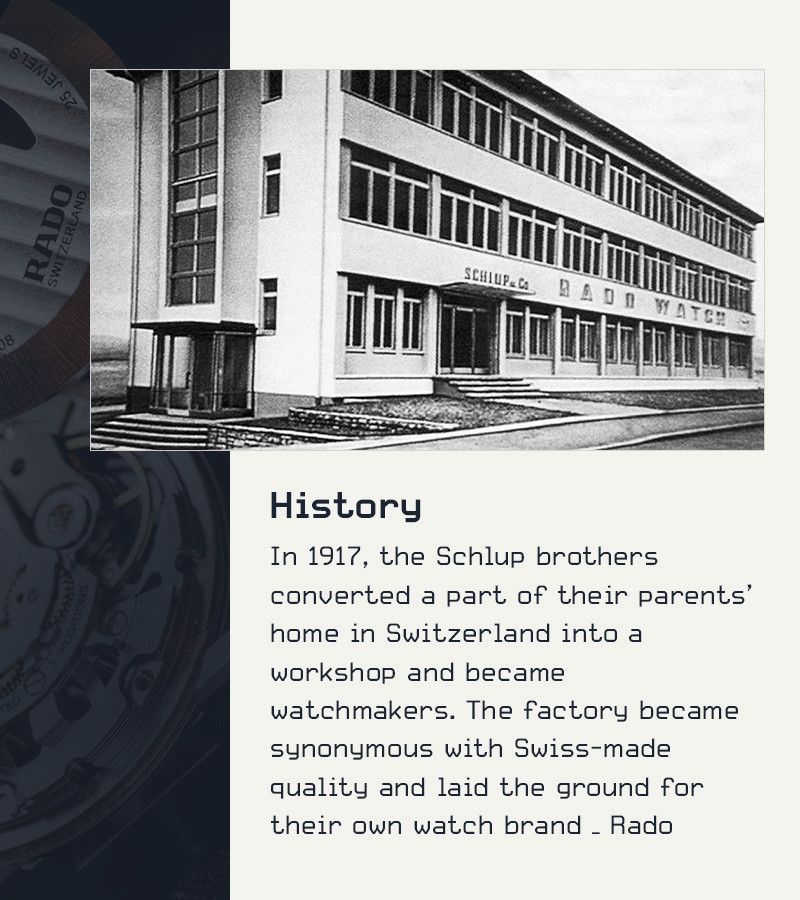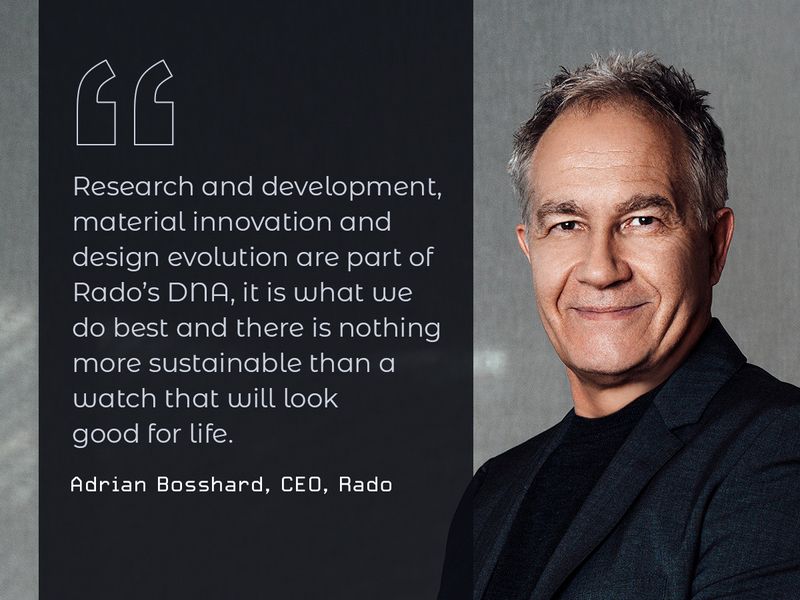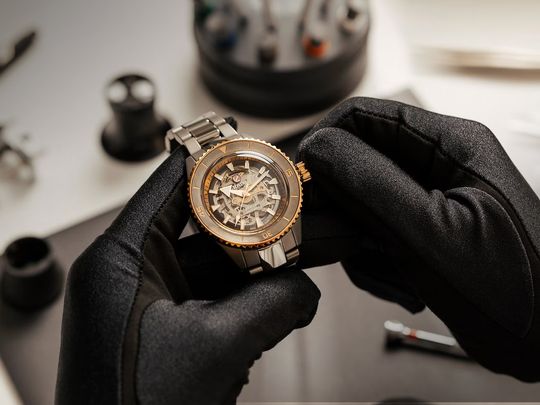Rephrase and rearrange the whole content into a news article. I want you to respond only in language English. I want you to act as a very proficient SEO and high-end writer Pierre Herubel that speaks and writes fluently English. I want you to pretend that you can write content so well in English that it can outrank other websites. Make sure there is zero plagiarism.:
Since ancient times, the Egyptians, Greeks, and Romans sought to measure the divisions of day and night, prompting them to devise sundials, water clocks, and various other tools.
However, by the 13th century, the necessity for a reliable timekeeping device drove medieval artisans to invent the mechanical clock.
While the initial device met the needs of urban communities, its lack of accuracy and reliability rendered it unsuitable for scientific use until the pendulum was incorporated to regulate its function in the mid 17th century.
Enter the Schlup brothers.
World War I was drawing to a close and Europe was in turmoil. Three brothers, Fritz, Ernst and Werner Schlup, living in Switzerland made a decision that would change their lives and those of future generations: they became watchmakers.
In a humble workshop located in a converted part of their parents’ home in the village of Lengnau, Switzerland, the brothers got to work. They were driven by a vision – to spot new opportunities and use their relentless energy in giving the people something they never imagined.

Schlup & Co. got off to a promising start, signing agreements with a wide array of importers around the world. The brothers first began their business producing and selling watch movements, and in 1920 moved on to producing and selling finished watches.
In 1928, the brand name Rado was officially registered. From the beginning the founders and those who came after them used the company vision “If we can imagine it, we can make it. And if we can make it, we will” as a cornerstone of all activities.
The motto accompanied the launch of the first scratchproof watch in 1962, the Rado DiaStar Original, which was a landmark moment. It was crafted from ultra-resistant hard metal and sapphire crystal – a technical innovation – and boasted a futuristic design approach that was becoming a crucial strand of the brand’s DNA.

That same year, the company debuted its first diving watch, the Captain Cook. One of its signature features was a pivoting anchor. An enduring symbol of the brand, that represents both legacy brand values – stability, quality, security – and what it feels like to wear a Rado, to know that it is made to last.
Pioneering spirit
One of the main reasons for the success of Rado is the pioneering spirit, the drive to explore the seemingly impossible and the ability to think outside the box.

Image Credit: Supplied
Abraham Koshy, COO, Rivoli, says one of the key reasons why Rado is immensely popular is because it offers a range of products that offer Swiss quality, durable advanced materials backed by world class customer service.
“Rado will continue to grow its market share as it continues to produce watches that are relevant and innovative at an attractive price. Also, the region is today considered to be among the fastest growing markets in the world and this should definitely be an advantage for a well-established brand like Rado.”

Image Credit: Vijith Pulikkal / Gulf News
This motivation has led to material innovations such as the first use of high-tech ceramic in the watch industry – a material that is super scratch resistant and stays beautiful for generations.
When Rado first introduced a watch with high-tech ceramic, the Rado Integral in 1986, it marked the beginning of a remarkable success story. This material, never used in watchmaking in this way, drew the attention of watch enthusiasts with its scratch-resistant, lightweight and skin-friendly qualities.
What is ceramic?
This results in an exceptionally pure and finely calibrated synthetic material. Unlike traditional ceramics, which may be porous and delicate like porcelain, high-tech ceramic boasts compactness and high density.
It doesn’t require special enameling to achieve a glossy finish. Additionally, ceramic excels as a carrier of vibrant colours.
The unique and independent design language and the material competence that are infused in every Rado timepiece has helped set it apart. The extensive experience over the last 60 years in working with the hardest materials such as high-tech ceramic, Ceramos, hardmetal and sapphire crystal earned the company a reputation as Master of Materials.
All watches are fully produced in Switzerland. The production of a single time piece in high-tech ceramic takes about a month. The time to market for a new development is approximately 2 years.
Rado’s innovative technology
1962 – first full scratch resistant timepiece featuring an industrially produced sapphire crystal
1986 – introduction of high-tech ceramic in the watchmaking industry
– Other innovations in the production of high-tech ceramic with over 20 colour nuances in the years to come.
The relaunch of the Rado Anatom in 2024 is a revival of the iconic Rado watch from 1983. The anatomic shaped high-tech ceramic case and sapphire crystal make it stand out.
As the watch became popular around the world, its quality and reliability as well as a strong customer service became key elements for its success in the UAE.

I have over 10 years of experience in the field of cryptocurrency and blockchain technology. I have attended numerous conferences and events around the world, and my work has been featured in major publications such as CoinDesk, Bitcoin Magazine, and Yahoo Finance.

